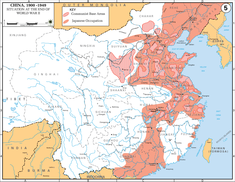
Chinese History 101 #09: World War II
Last updated: Friday August 20th, 2021
Report this blog
From where we left off
In the previous blog I described the chaotic years when the Republic of China was first established. It finally formed a stable government in Nanjing and things were starting to look better. But all progress would come to an end when war broke out in 1937.
In the West, World War II is considered to have started in 1939 in Europe (when Germany invaded Poland) and in 1941 in the Pacific (when Japan attacked Pearl Harbor). But in China, it is commonly considered that WWII started in 1937 when Japan launched full-scale invasion of China. It is often called the "Eight Years' War of Resistance" (1937-1945). Recently, the Chinese government and textbooks refer to the war as the "Fourteen Years' War of Resistance", bringing forward the start date to 1931 when Japan invaded Manchuria after the Mukden Incident.
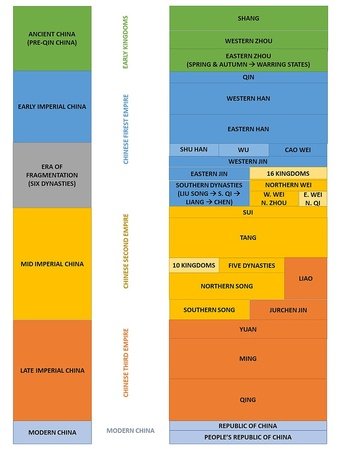
Before the war (1894 - 1936)
Since the First Sino-Japanese War in 1894 and the Boxer Campaign in 1900 (see my 7th blog), Japan saw itself as an imperial power and had been aggressive towards China, annexing Taiwan in 1895 and later Dalian/South Manchurian Railway from Russia in 1904 after the Russo-Japanese War. It entered World War I as an ally of Britain and annexed Qingdao from Germany in 1914. Since then, there were numerous threats, conflicts and "incidents" between China and Japan, where Japan exploited internal turmoil in China (Beiyang warlords, Northern Expedition, Civil War against the Communists - see my 8th blog). Some of the significant ones were:
- Twenty-One Demands in 1915: Japan extorting political and commercial privilege from China, which were largely accepted by Yuan Shikai who was trying to gain the Japanese support to become an emperor himself
- Jinan Incident in May 1928: conflict broke out after Japan accused the KMT troops of robbing and killing a dozen of Japanese civilians in Jinan during the Northern Expedition, leading to over 6000 Chinese civilians and soldiers killed.
- Huanggutun Incident in June 1928: the Japanese army assassinated the Fengtian warlord Zhang Zuolin by planting an explosion on his train - see my previous blog
- Mukden Incident in 1931: sparking the Japanese invasion of Manchuria and the establishment of the puppet state of Manchukuo - see my previous blog
- Shanghai Incident in 1932: heavy bombing of Shanghai by Japanese aircraft carrier, triggered by anti-Japanese protests
- North China Incident in 1935: a series of political manoeuvrings by Japan to set up a buffer zone and forcing the Chinese government withdrawal from the five provinces in Northern China
However, as explained in my previous blog, Chiang Kai-shek tried to appease the Japanese while fighting the Communists, until the Xi'an Incident in 1936 when the KMT and CCP united to fight against the Japanese.
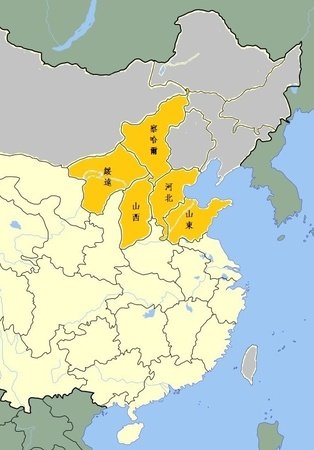
Second Sino-Japanese War - 1st period (1937 - 1938)
On the night of 7 July 1937, the Japanese army claimed that a soldier went missing and demanded to search the Wanping town just outside Beiping (now Beijing). When the Chinese refused, fighting broke out at Marco Polo Bridge outside Wanping. This soon escalated into full scale Battle of Beiping-Tianjin and by end of July, both cities were taken over by the Japanese.
Initially the Japanese was satisfied with the gain in Northern China and did not want to turn the conflict into a full-scale war. However, the KMT saw the Marco Polo Bridge Incident as the breaking point and started mobilising troops against the Japanese.
On 9 August 1937, a Japanese lieutenant tried to drive his car into Shanghai Hongqiao Airport and was stopped by a Chinese guard. He killed the guard and was in turn shot dead by another Chinese guard. This incident escalated into full-scale war on 12 August in the Battle of Shanghai, which was one of the bloodiest battles in the entire war and often described as "Stalingrad of the Yangtze". Chiang Kai-shek put his German-trained elite troops in the battle and very soon both side committed over a million soldiers with extensive fighting on land, in the air and at sea. Initially the Japanese boasted that they could conquer Shanghai in 3 days and China in 3 months, but the fierceness of the Chinese resistance shocked the Japanese. After 3 months of ferocious house-to-house battle, the Chinese suffered heavy loss and had to retreat, paving way for the Japanese invasion of the capital Nanjing.
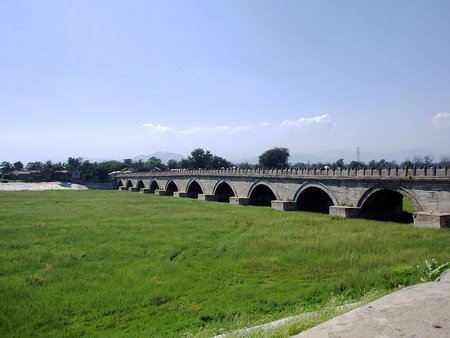
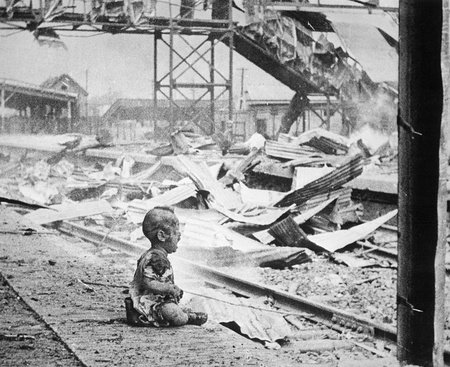
After losing the Battle of Shanghai, the fall of the capital Nanjing became imminent. Chiang Kai-shek and his government followed German advice and retreated to Wuhan, leaving 100,000 poorly trained soldiers to defend Nanjing. The Japanese soldiers expected an easy victory in China but was frustrated with the hard fighting and high casualties. When the Japanese finally captured Nanjing on 13 December, its troops vented their anger by committing mass murder, rape, torture and looting against the PoWs and unarmed civilians for over 6 weeks. These atrocities are known as the Rape of Nanking.
The number of victims is highly disputed by the Chinese and the Japanese. The Tokyo War Crime Trial in 1946 put the estimation at over 200,000 killed. The Chinese estimated 300,000 were massacred, while the Japanese claimed that it was highly overexaggerated. Some would deny outright that it ever occurred. The Rape of Nanking was largely omitted in Japanese textbooks and most young Japanese nowadays would not have heard of it. Today it remains a sore point in Sino-Japanese relationship.
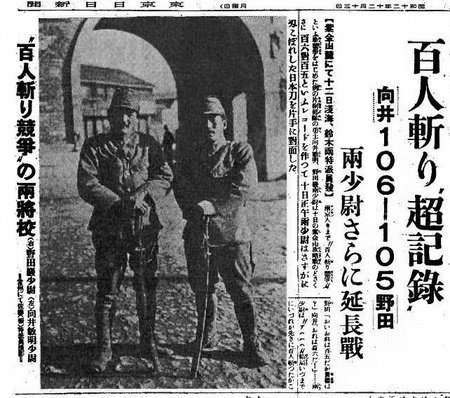
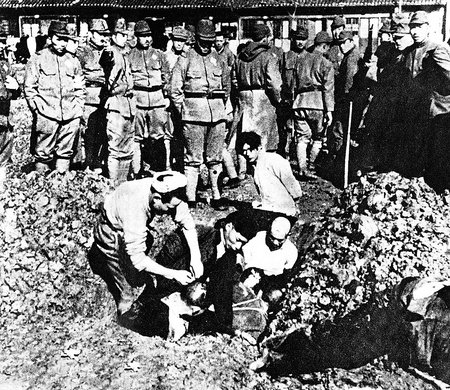
In 1938, after losing many battles and large territories, Chiang Kai-shek relied on attrition warfare and scorched earth strategy, i.e. trying to drag out the war as long as possible to wear the Japanese out, and to destroy everything on its path not leaving anything valuable to the Japanese (if we burn you burn with us). The result was disastrous. In June 1938, the KMT destroyed dike on Yellow River, causing massive flood that killed half a million people and another 3 million became refugees. In November 1938, facing possible invasion from the Japanese, the KMT set the entire city of Changsha on fire, killing 30,000 people and causing $1 billion damage.
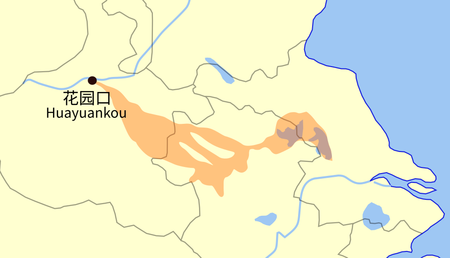
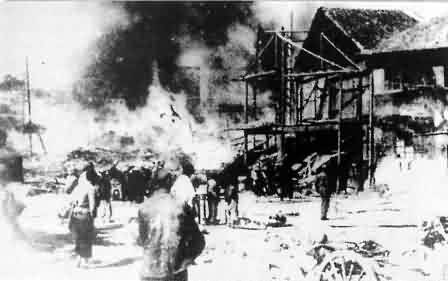
Despite this, the Japanese captured Wuhan in October 1938, forcing the KMT government to retreat further west and set up its provisional capital at Chongqing. The Japanese also suffered the heaviest losses so far in the Battle of Wuhan, and decided to slow down the pace of advance and did not launch another major offensive until 1944.
Second Sino-Japanese War - 2nd period (1939 - 1941)
From the beginning of 1939, the war entered a new phase. The Chinese had a few wins against the Japanese at a number of battles. These outcomes encouraged the Chinese to launch their first large-scale counter-offensive against the Japanese but it ended in defeat.
Meanwhile, the Japanese had enormous difficulties in administrating the seized territories and faced stubborn local resistance. It tried to solve the problems by setting up puppet states similar to Manchukuo. These were mostly led by former KMT collaborationists, who believed China was too weak to fight against Japan. The most prominent one was Wang Jingwei, a former KMT rival of Chiang Kei-shek, who in 1940 headed the Nanjing Nationalist Government which claimed to be the legitimate government of China over the one in Chongqing.
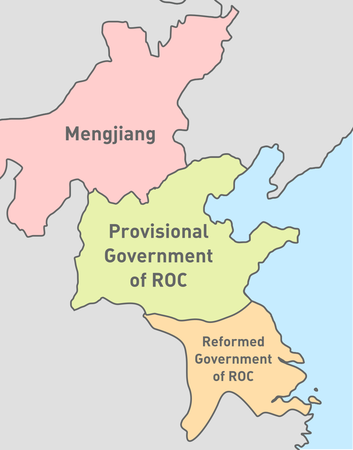
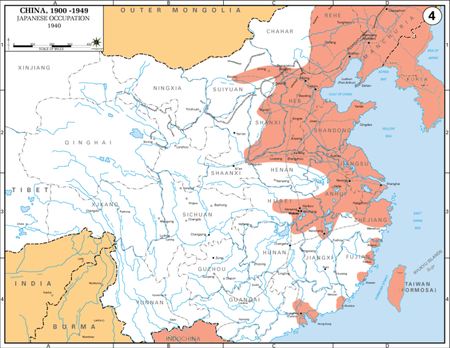
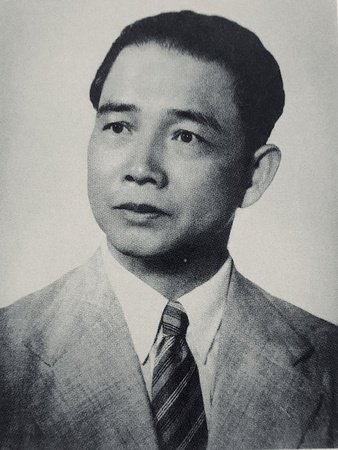
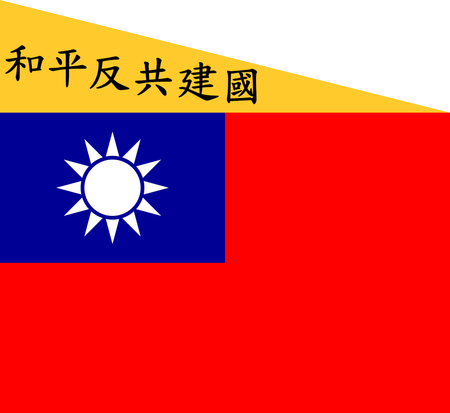
By then, the war reached a stalemate. The Japanese launched massive terror bombing operations against Chongqing and cut off supplies to the KMT. On the other hand, the Chinese scored major success at the Battle of Changsha in 1939 and then again in 1941. The Chinese Communist also launched a major offensive against Japan in north China in 1940.
Initially, the Soviet supported China after entering the Sino-Soviet Non-Aggression Pact in 1937, supplying China with money, weapons and aircrafts. The Soviet fought border conflicts with Japan and stopped its aggression towards Mongolia. However, when the Soviet faced imminent attack from the Nazi in 1941, it signed the Soviet-Japanese Neutrality Pact to avoid fighting war on two fronts.
The United States strongly supported China since 1937 but continued to trade with Japan and provided resources for its war effort. It was until 1940 when Japan invaded French Indochina, forcing the US to impose an embargo on Japan and started to provide financial and military aid to China via the Lend-Lease act in 1941.
Second Sino-Japanese War - 3rd period (1942 - 1945)
Following attack on Pearl Harbor in December 1941, the United States declared war on Japan. On the same day as the Pearl Harbor attack, Japan invaded the British colony of Hong Kong; and on Christmas day, the colony surrendered.
Soon after the Pacific theatre of World War II started, China won decisively at the Third Battle of Changsha, marking the first Allied victory in the Pacific and earned China much respect from the West.
Japan turned its focus on cutting off supplies to China. Japan already captured all major sea ports; the Yunnan-Vietnam Railway had been closed since 1940, and the Burma Road was closed in 1942 after the Japanese occupation of Burma. American aid had to be flown in over the Himalayas ("The Hump"). Since late 1943, the Allied forces fought in the Battle of Northern Burma and Western Yunnan in order to reopen the Burma Road. After 1.5 years of fighting and more than 30,000 people killed, it was reopened in early 1945.
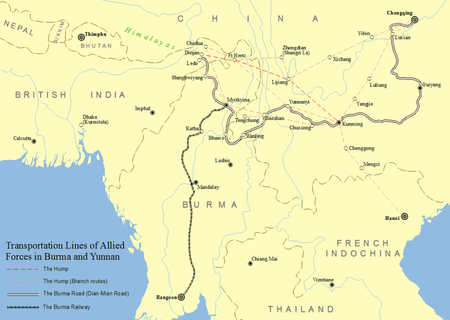
One of the atrocities committed by the Japanese was the research and use of biological and chemical weapons by the infamous Unit 731 based in Harbin, Manchukuo. Vivisections (operations on live human), often without anaesthesia, were performed on thousands of Chinese PoWs, women and children. In 1942, the Japanese army deployed biological weapon during the Zhejiang-Jiangxi campaign, spreading cholera, typhoid, plague-infected fleas and dysentery pathogen, killing 250,000 civilians. Around 1700 Japanese troops also died from illness caused by their own biological weapons.
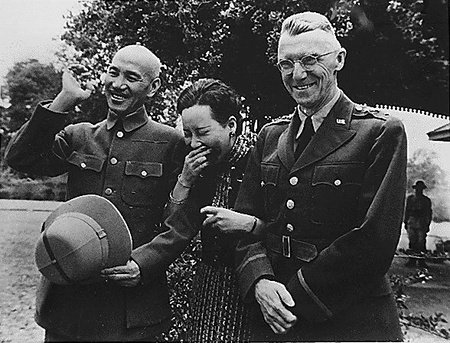

By 1943, the relationship between the American general Joseph Stilwell and Chiang broke down. Stilwell was frustrated with KMT unwillingness to pursue an aggressive strategy, while Chiang preferred preserving his resources to fight the Soviet backed Communists. The American soon lost confidence in the Chinese ability to attack Japan and instead adopted the leapfrogging strategy from the Pacific.
In 1944, the Japanese launched the Operation Ichi-Go, with the aim to destroy American airfields in southern China that threatened the Japanese home islands. Chiang dismissed intelligence from the French military, mistakenly assumed that it would be a local operation in northern China only, as the war had been at a stalemate since 1940. Boasted by the success in Burma and the three previous victories in Changsha, it could not believe that Japan would mobilise half a million troops to launch a major offensive, connecting the railway between Beijing, Wuhan and Guangzhou. As a result, the Chinese defence collapsed. Chiang Kai-shek's credibility and KMT's popularity plummeted both internally and overseas, as they were widely seen as corrupted and hopeless. On the other hand, the Chinese Communists guerrillas were able to exploit this to gain influence and control of greater areas of the countryside.

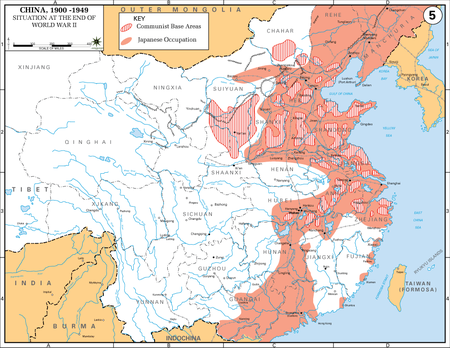
After the Firebombing of Tokyo, the fall of Nazi Germany, and the US successful nuclear test, the US, UK and China issued the Potsdam Declaration calling for Japan surrender on 26 July 1945. However, the ultimatum did not specify what would happen to Emperor Hirohito and was ignored by Japan. The Soviet Union declared war on Japan on 8 August and invaded Manchukuo. Partly to prevent the Soviet Union occupying Japan, the US dropped two atomic bombs at Hiroshima and Nagasaki, and the Japanese declared its unconditional surrender on 15 August 1945, ending the World War II.
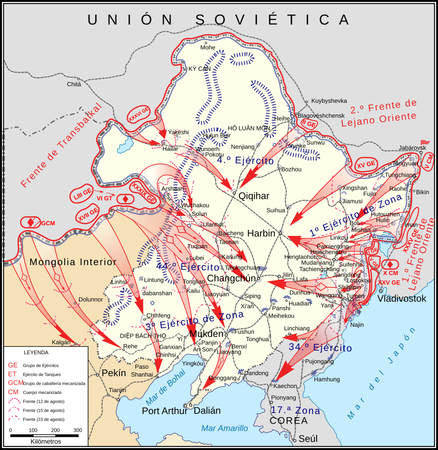
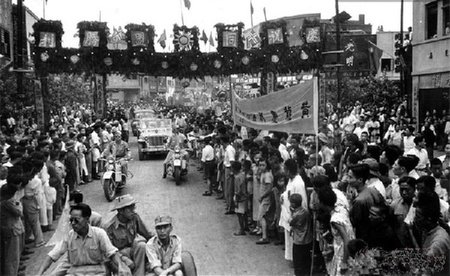
The end of the ninth blog
It is difficult to stay factual and neutral when writing about wars, especially the World War II. China suffered for the longest and had the second highest casualties in WWII after the Soviet Union, with over 3 millions soldiers killed and estimated 17-22 million civilians dead. The terrible war atrocities committed by the Japanese, and the ongoing revisionist view and denials by the Japanese (as well as incitement by the Chinese) continue to sour relationship between China and Japan today.
In the next blog, I will go through the turbulent history in post-war China, so stay tuned.
P.S. of course there are many films made on World War II in China. For anyone interested to learn the history through films, I would recommend City of Life and Death (2009) and The Flowers of War (2011) on the Rape of Nanking, Lust, Caution (2007) on Chinese spies during the Wang Jingwei Regime, and Our Time Will Come (2017) on lives in Hong Kong during the Japanese occupation.

Good work as always!